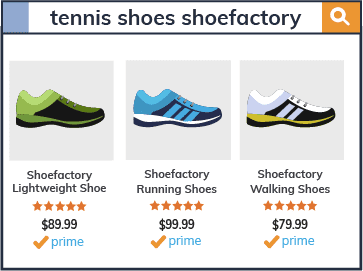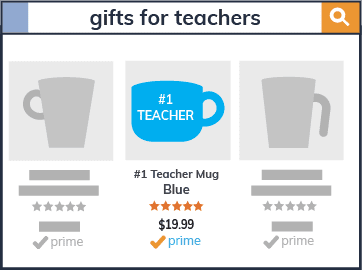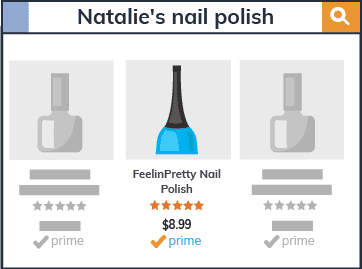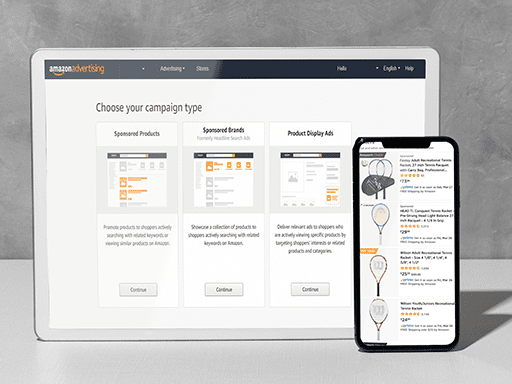If you run Amazon automatic campaigns, you may have some questions about the different Amazon match types offered.
Makes sense.
Amazon doesn’t have a lot of documentation, so it’s hard to know what’s what. That’s why we compiled this helpful guide, so you can learn how each Amazon match type might benefit your business.
We also ran an experiment to see how each of the targeting types behaved differently on Amazon—read our findings here.

Amazon Automatic Targeting Match Types

The four Amazon match types are close match, loose match, complements, and substitutes. The match types are only available if you use Sponsored Product campaigns with automatic targeting. Each of the targeting types, can appear in three different placements:
Top of Search: ads in the first row of the first page of search results
Rest of Search: ads that appear below Top of Search and any other search result pages
Product Pages: include product detail pages and ad placements outside search results

Close Match

Your products are shown to shoppers who use search terms closely related to your products.
Example 1: You sell “ShoeFactory Shoes”. Your products are displayed when a shopper searches for terms like…
- ShoeFactory men’s running shoes
- tennis shoes ShoeFactory
- Kids shoefactory shoes
Example 2: You sell gel nail polish. Your products are displayed when a shopper searches for terms like:
- gel nail polish sets
- gel nail polish red
- Sparkly gel nail polish

Loose Match

Loose match terms show your products when shoppers use search terms loosely related to your products.
Example 1: You sell “#1 Teacher Mugs”. Your products are displayed when a shopper searches for terms like…
- Gifts for teachers
- Teacher appreciation coffee cup
- #1 teacher cup
Example 2: You sell manicure sets. Your products are displayed when a shopper searches for terms like:
- Acrylic nails
- UV nail light
- Nail file

Complements

Complements are targeted to shoppers browsing product pages for your products. According to the findings from our experiment, complements only appeared on product detail pages. Read our full findings here.
Example 1: You sell printer ink. Your product may appear when shoppers are looking at pages for printers that use the ink you sell.
Example 2: You sell athletic socks. Your products may appear on product pages for tennis shoes or running gear.

Substitutes

Substitutes are targeted to shoppers considering products that are substitutes for your items; often the same type of product sold by a different brand (e.g. Adidas tennis shoes instead of Nike).
Example 1: You sell ShoeFactory Shoes. Your products may serve when a shopper searches for your competitor, FootWearWarehouse’s shoes.
Example 2: You sell FeelinPretty nail polish. Your products may serve when a shopper searches for your competitors brand with the term “Natalie’s Nail Polish”.

Now that you know which terms each Amazon match type serves for, you can craft your campaigns to take advantage of each of the targeting types!
We tried to maximize the benefits of each targeting type in an experiment we ran on Amazon. We separated each targeting type into its own ad group to see exactly how each type drove conversions and sales. Learn how we set up this experiment and what we discovered here.
Want insider tips on how to improve your Amazon campaigns? Set up a free strategy call for a consultation that could completely change your Amazon management!






